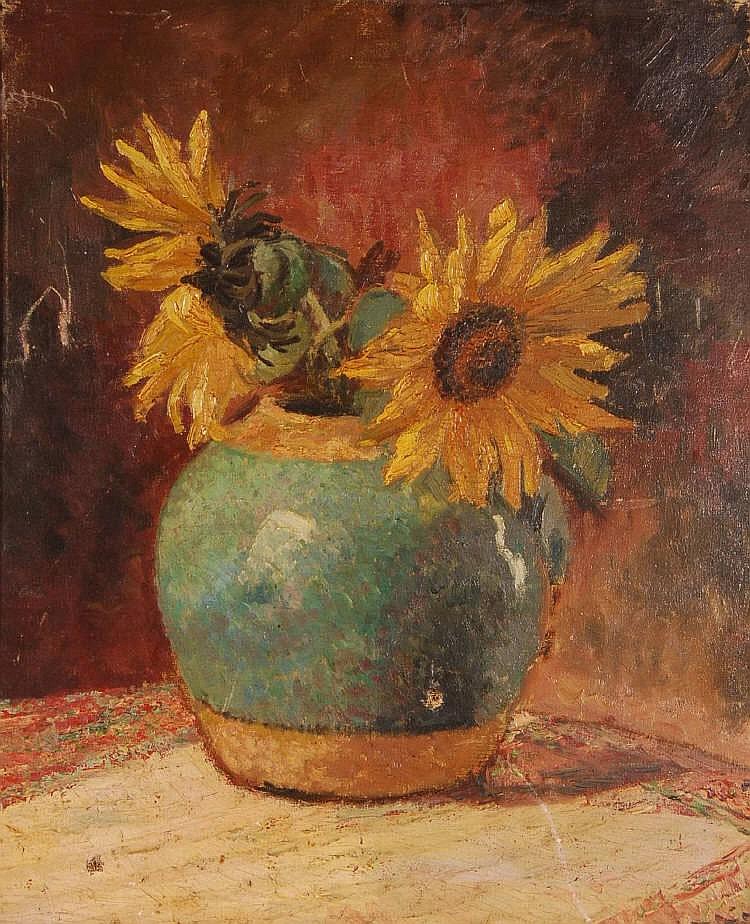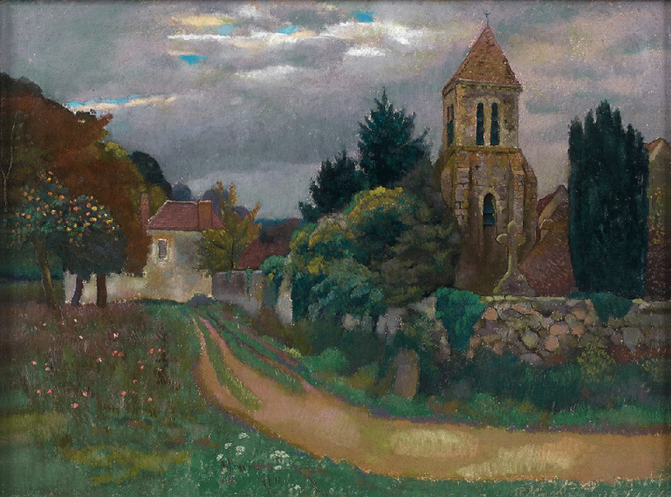Some say Dutch-born artist Philippe Smit might be the most accomplished unknown artist of the 20th century. Aren’t familiar with the name? That could drastically change in just a few weeks. Why?
Strongly influenced by Jean-François Millet, the French Barbizon School, and the mysticism of Vincent van Gogh, artist Philippe Smit would eventually pioneer a unique style in the 20th century called mystical symbolism. Although he is still relatively unknown in the pantheon of great 20th-century painters, a new exhibition and catalogue raisonné are aiming to change that narrative this spring.
On May 21, the Glencairn Museum in Bryn Athyn, Pennsylvania, will open a much-anticipated exhibition and catalogue-release surrounding the life and career of Smit. According to the museum, “Mysticism grew out of the enlightenment period and became prevalent among artists and philosophers of the late 19th and early 20th centuries. While Smit often painted with oils, he preferred pastels. Rich and intense color illustrates the expression of his works, which were inspired by the great French poets and musicians, and by the writings of 18th-century Swedish scientist and spiritual philosopher Emanuel Swedenborg.

“The spiritual sentimentality and expression in his work is considered unique and distant from the contemporary aesthetic revolution of his time. A more intimate style can be observed in his portraits of family members and close friends and in his still lifes of flowers.”
Andreas Narzt, director and developer of the catalogue raisonné, suggests, “Smit, like many artists of his time, explored the transcendence and struggle between man and the divine. As he grew in his art, he sought a deeper connection to the divine and often explored the connection between man, nature, and God.”
To learn more, visit the Glencairn Museum. You can also learn more about Philippe Smit by visiting here.
This article was featured in Fine Art Today, a weekly e-newsletter from Fine Art Connoisseur magazine. To start receiving Fine Art Today for free, click here.








